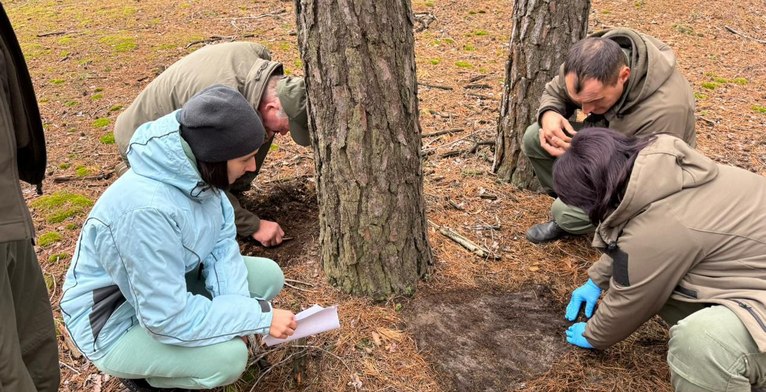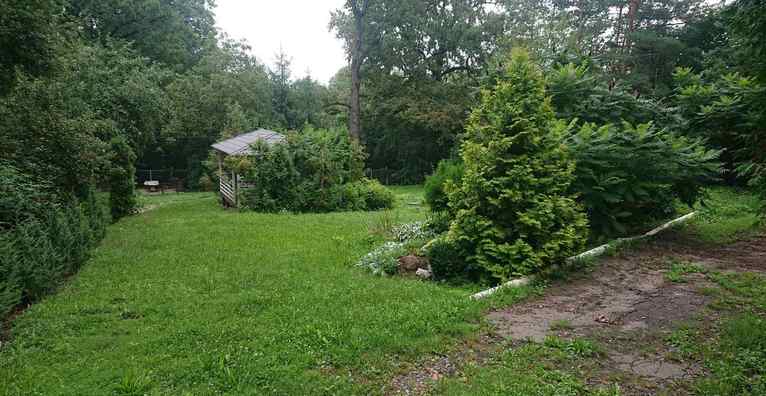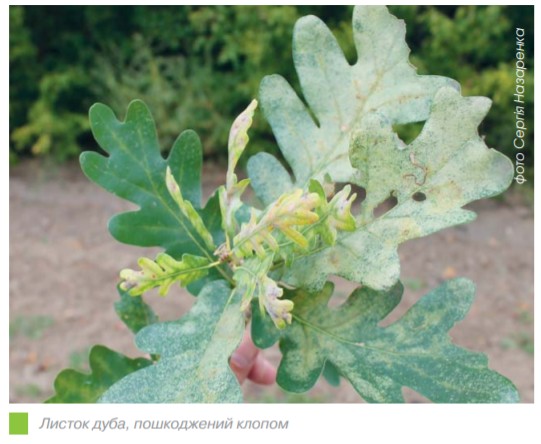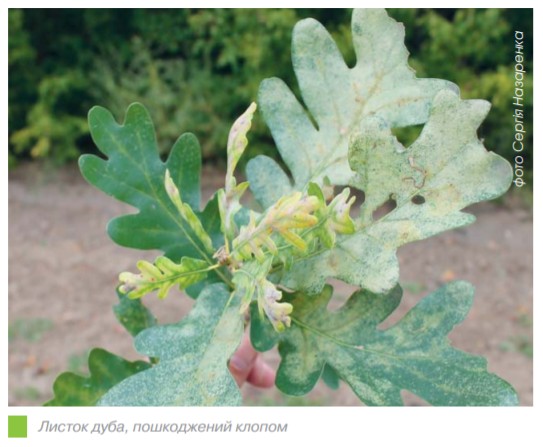The oak lace bug (Corythucha arcuata), originally from North America, has become a serious threat to Ukrainian oak forests. First detected in Italy in 2000, it spread to other European countries and Turkey. By 2015, it reached Russia's Krasnodar region, damaging over 1 million hectares of oak plantations by 2016. From there, it invaded Crimea and Kherson Oblast, while also entering Zakarpattia from Hungary. This invasive species reproduces rapidly, with 3+ generations per year, and sucks sap from oak leaves, causing premature yellowing, defoliation, and tree weakening.
Climate change and increased human activity have made forests more vulnerable to both native and invasive pests. The oak lace bug, measuring just 3-3.2 mm, is particularly dangerous as it attacks all oak species (which comprise 24% of Ukraine's forests). Adults and nymphs feed on leaf undersides, leaving sticky black excrement that promotes fungal growth. Severe infestations turn entire crowns brown by mid-summer, with leaves dropping prematurely, reducing photosynthesis and making trees susceptible to bark beetles.
In Ukraine, the pest was first recorded in 2017 in Kherson's "Dubky" park. By 2019, it had spread to Odessa and Vinnytsia regions. The bug overwinters as adults in bark crevices or leaf litter, emerging in spring to lay 100+ eggs per cluster. Three generations develop annually in Kherson Oblast, with overlapping life stages by mid-June. Infestations are detectable by: 1) marble-patterned leaf discoloration, 2) black fecal spots, 3) silvery cast skins on leaves. Aerial surveys using drones are effective for monitoring, especially near transportation corridors where the pest spreads via wind or human activity.










